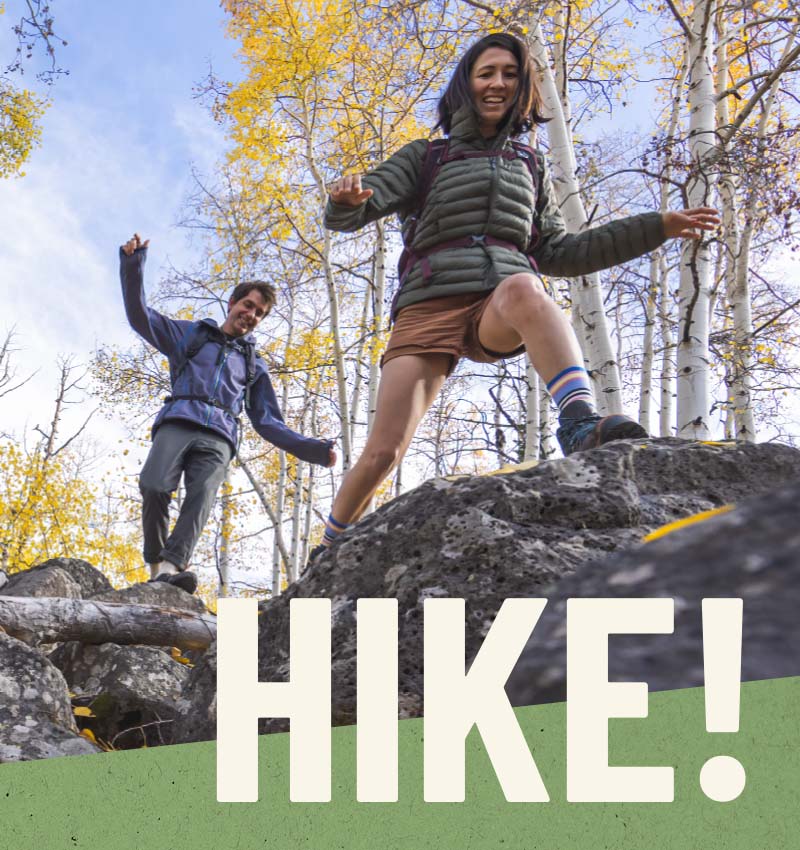Even with temperatures dropping, you can still tackle your workout — with a few small changes to your routine. That’s because exercising in cold weather can make you more prone to injuries if you don’t warm-up properly and take precautions to protect your body. Luckily, by adopting a warm-up routine that raises your core temperature and increases blood flow to your muscles, you can safely continue your exercise routine into the next season.
Follow these three cold weather warm-up tips to prevent injuries this winter:
Adopt a dynamic stretching routine
You’re probably already accustomed to doing static stretches — where you hold a stretch for an extended period of time — before going on a run. However, cold weather exercising makes dynamic stretching even more important. Dynamic stretching integrates active movement into your stretch routine to activate your muscles. To do this, hold a stretch for only a few seconds before releasing and then holding again. You can also do other dynamic movements — like jumping jacks or lightly jogging in place — to warm up your muscles.
Get the right gear
What you wear during an outdoor winter workout is crucially important to maintaining your core temperature. Choose a base layer of clothing that sits close to your skin and helps insulate your body. Compression socks and running tights are great for maintaining blood flow, which is a key factor in preventing injury.
Ease into it
Give yourself a little extra time to ease into your run or workout — rather than going from zero to 60. By slowly building your intensity, you can help your body further warm up before hitting your full speed. While it can be tempting to literally “hit the ground running,” don’t be afraid to ease in with some walking and light jogging to help wake your muscles up.
Even though cold weather exercising might require a little extra time to get your body ready for action, it’s worth it to avoid an injury that might sideline you through the spring. Take these cold weather warm-up tips to heart and workout safe all winter long.
Don’t get cold feet — shop our selection of compression socks today.


